Part 2 of a three part series on communist activity in America during the 20th Century.
See part 1 here:
How Communists Took Over America (Part 1)
Part 1 of a three part series on communist activity in America during the 20th Century. Our work is increasingly restricted to earn any revenue on YouTube. Consider becoming a paid subscriber to help us fund more video content for you. This is the only income stream we have to continue this work.
The shock of the Soviet nuclear test was primarily a result of calculations. The Americans knew that the Soviets were at least a decade behind, yet they had suddenly developed a working bomb. It was soon revealed that espionage form ideologically communistic officers was behind this. During the war, the Allied-Soviet lend lease program saw the mass transfer of equipment from America to Russia. To get supplies to Russia, airlift was common. Much of this cargo went through a US air base at Great Falls, Montana. Running operations at the base was Major George Racey Jordan. Usually the cargo was machinery and food crates. However, Jordan began to notice that a common item was black suitcases, which were claimed to be diplomatic luggage. At one point he conducted a surprise inspection of some of these suitcases before an airlift, and found every one of them filled with maps and photographs of bases, harbours, and military installations, alongside tens of thousands of photocopies of inventions taken from the US Patent Office, and many federal documents labelled ‘top secret’, including hundreds of military reports in a folder with the words ‘from Hiss’ written across the front.
But most disturbing were the blueprints which were discovered. Blueprints for weapons under development were found, alongside a suitcase filled with technical documents. Jordan noted that these documents included many things beyond his knowledge, detailing such things as heavy water, cyclotrons, fission processes, and uranium. It also contained a map labeled Oakridge Manhattan Engineering District. Accompanying this was a note written on White House stationary, to Anastas Mikoyan, a top Soviet statesman, and older brother of Arten Mikoyan, founder of MiG aviation. The signatory of the note was Harry Hopkins, Roosevelts personnel advisor. Jordan remembered that earlier, in 1943, Hopkins had personally called him, and told him to expedite a special shipment, and not to make any official record of it. However Jordan did keep it in his diary. When it arrived, it was identified as uranium salts, and was sent through.
This high level deception was further backed up by defector Igor Gouzenko, who not only claimed that the Soviets were preparing for another war, but also bought documents implicating Alan Nunn May - a member of the Manhattan Project. These documents revealed that May - a British physicist on loan to the Americans, who had access to classified documents - was transmitting information to the communists. This included information on the highly classified Trinity test, alongside details on uranium production, and even samples of real uranium. When questioned, May admitted this was true.
Alongside May was Klaus Fuchs, who was based at Los Alamos. One of the most intelligent members of the project, he knew how to develop different nuclear detonators. He too would later admit to communicating with the communists, something many members of the Manhattan Project would later be accused of, and had channeled these documents through American chemist Harry Gold. He admitted to have given the communists both diagrams on how to assemble a bomb, as well as how to construct a nuclear detonator. As the situation unravelled, more people were implicated. The drawings Fuchs had provided were traced back to David Greenglass and his sister and brother in law Ethel and Julius Rosenberg. Ethel and Julius were noted as helping orchestrate this, and in 1953 would become the first US civilians to be executed for espionage.
Bezmenov seems to suggest that the demoralisation process was in full swing by the early 1950s, likely in the higher echelons of the US state apparatus. And as we shall see, this was well documented by both defectors and opposition with information on these underground groups and movements.
MARCUSE
The number of ex-communists in America increased during the 1950s and early 1960s. A critical point was the publication of Alexander Solzhenitsyn’s ‘A Day in the life of Ivan Denisovich’. The book - a fiction work based on actual experiences - exposed the harsh reality of Stalins Russia. For the neo-Marxists, this certainly did not help. It meant that connections with Soviet socialism now had to be approached carefully, as it was now smeared in the eyes of the public.
Key in this move even further away from the classical ideas of Marxism was, Marcuse. Once again, Marcuse took Horkheimers ideas on society and psychological imprisonment even further. Marcuse believed that the utopia the critical theorists were aiming for could not even be perceived or understood from within the current society. In fact, it was pointless to even try and imagine it until every last remnant of the existing society had been overturned and destroyed. As such, followers of his ideology were basically told to blindly destroy society in the hope of utopia emerging.
As we shall see, these ideas began to emerge in force during the 1950s, even with an increase in pessimism towards them. The revelation of widespread communist subversion and espionage led many to adopt stronger anti-communist views. This would culminate in the late 40s and early 50s, with the House of Un American Activities Committee. Here, many were called to testify. Among them was Louis Budenz, a former high ranking communist, and one of the first to testify. He admitted that Americas most trusted expert on China - Owen Lattimore - was a communist member. This was important, as he had been sent over by Roosevelt to talk with nationalist leader Chang Kai Shek. Alongside Lattimore was fellow Chinese expert John S Service. He too had been implicated, and it was revealed that he had leaked hundreds of classified US documents to a magazine called Amerasia, a communist organisation, who then copied these documents and had them delivered to the Soviet Union. Despite this, he would go on to serve as head of the State Departments information service.
The committee noted similar subversion was almost certainly occurring in three other areas; the Government Printing Office - responsible for the printing of classified documents - the Voice of America program (aimed at promoting American values in Europe) and even in the American Overseas Library, which was supposed to be responsible for stopping communist propaganda
During the period was the Korean War. This would once again show that even the president was unwilling to see through a communist defeat. During the opening days of the war in 1950, Northern forces rapidly crushed any opposition. The southern forces were pinned down in the southernmost tip of the peninsula. American intervention would begin, under the command of General Douglas MacArthur.
Rapidly, they began to push the communist back up north. Within a matter of months, the communists had been pushed beyond their initial border. Victory was inevitable, and MacArthur said the war would be over before Christmas. Yet, something strange happened. In late 1950, president Truman told MacArthur to stop his forces from advancing. MacArthur voiced serious disagreement, saying they should push up and quickly secure victory for Korea. This would have taken a matter of weeks. Yet president Truman once again denied this, claiming that it would kill more people and start a war with the Chinese. Orders were also given to prevent pilots from destroying North Korean and Chinese MiG jets if they were over the Chinese border. These aircraft could be seen with the naked eye taking off from Chinese airbases just across the border, forming up over China, and crossing the border to attack. Allied pilots noted that they could have easily destroyed these aircraft once and for all in a few simple strikes, yet they were restricted from taking such action, resulting in many allied aircraft being destroyed.
This would prolong the war, which lasted until 1953, and would not only result in millions of North Koreans being doomed to live under communism, but also result in thousands of Allied and Communist soldiers dying unnecessarily. Many more lives were lost in the following years than would have if MacArthur had secured a quick victory in the first months.
With the OSS now reformed as the CIA, many communists retained their positions. In 1952, CIA head General Walter Bedell Smith stated that he was almost certain communist infiltrators were in the organisation, but he could not figure out who. This was almost certainly true, as would later be confirmed by three KGB defectors: Anatoli Golitsin, Michal Goleniewski, and Yuri Nosenko.
But it was not only the CIA which had been compromised. The military too had been under influence. In 1954, Soviet defector Yuri Rastarov, who had been head of espionage operations in Tokyo, said that during his career he had personally worked with high ranking members of the US intelligence service. Ten years later, in 1964, a similar story would emerge. Swedish Air Force Chief Stig Wennerstrom admitted that he had been transmitting US military capability information to the soviets for over a decade. He said that he received this information from the head of the US intelligence service in the Pentagon.
Throughout this time, the Supreme Court was also evidently acting in the interest of a foreign power. Note that some of the members of the ACLU had gone on to work in the Supreme Court, and most of these incidents (over 30 such cases) occurred under Chief Justice Earl Warren, who would later be behind the infamous Warren Commission which investigated JFKs assassination. The first incident was in 1956, the Supreme Court overturned a case in Pennsylvania. Communist organiser Steve Nelson had been sentenced to prison for sedition. The Supreme Court said that this law -(held by 42 states at that time to hedge against internal security threats) was unconstitutional. They claimed it was superseded by the Smith Act. Then in 1964, the Smith Act was removed, and so too was the previously held law that required communist party members to register as representatives of a foreign power. Surprisingly, the court justices did not deny that these people were indeed working against America, but instead claimed that compelling them to report on such beliefs broke their constitutional rights.
In 1961 the House Committee for Un-American Activity published findings on legislative control. It revealed that there was ample evidence to suggest a communist sway on the highest levels of congress. This included records of communist party members boasting about their success in this area.
At this point, it was clear that infiltration was strong. The FBI had done a surprisingly large amount of work to expose communists, yet their evidence was always ignored. Thus, with an increasingly frustrated public, committees were set up. This was a major problem for those communists who were in the midst of infiltrating the state. Thus, a counterattack began. A key target was senator Joseph McCarthy. McCarthy had first claimed that communist literature was being pushed by American anti-communist libraries and such. His critics did not deny this, but instead claimed he was book burning. Then, he listed over 200 high ranking communists in positions of power. Again, no one denied this fact, but rather attacked him on semantics, such as the exact number of people involved. McCarthy also exposed how many known communists were employed in weapons development. The communist counterattack to this was not to deny this, but to claim that he obtained this information from a classified document. This counterattack was successful.
A key player in these attacks was the American Civil Liberties Union, or ACLU. Founded in 1920 by communists, it was to be established with the veneer of patriotism and freedom of expression. Its founder - Roger Baldwin - would state early on that “I am for socialism, disarmament, and ultimately the abolishing of the state itself… communism is of course the goal.” In a private letter to an associate, he would say this about the organisation: “We want also to look like patriots in everything we do. We want to get a good deal of flags, talk a great deal about the constitution, and what our forefathers wanted to make of this country, and to show that we are the folks who really stand for the spirit of the constitution”. Among its founding members were William Foster - head of the Communist Party of America - and Elisabeth Flynn - a spokesperson for the communist party. After successfully dealing with senator McCarthy, effort was redirected to the House Committee for Un-American activities.
In May 1960, protests against the House Committee began in San Fransisco. A hearing was underway, seeking to discern the level to which communist infiltration was occurring in the San Fransisco area. Noting the threat, communist organisers began to arrive outside the courthouse. The first was Frank Wilkinson, who had been channeling energy through a group called the Citizens Committee to Preserve American Freedoms, funded by the communist party. Despite this, when questioned, Wilkinson denies being a part of these protests. Nevertheless, over the following days, Wilkinson and others began to mobilise students from the local universities - most of whom were ideologues - in order to create a public spectacle. This included sending student protestors undercover into the building, after which they would begin to voice their disapproval, claiming it was nothing but a witch hunt. This last tactic was particularly important. Using media coverage, student protestors would provoke police action within the courtroom. Images broadcast from this event included students and protestors being arrested and dragged out of the hearing, as if by some repressive totalitarian force. This chaos created a positive feedback loop, and soon protestors and agitators undermined the work of the committee, with constant distractions and subversion. Anything to prevent actual progress in the hearing. The unruly crowd grew, and caused problems in other rooms of the courthouse trying to conduct day to day affairs. The police are eventually called, and the crowd is dispersed with fire hoses and forcible arrests, which makes headlines and bring further sympathy for the student protestors; a taste of what the 1960s will bring.
It was also during the early 60s that hardliners in the security community were increasingly pushed to the side. Individuals who held American internal security as paramount - such as Otto Otepka - were silenced. In 1961, Otepka was called in front of Robert Kennedy and State Secretary Dean Rusk, to discuss Walt Rostow.
Rostow would then be hired, despite the risks highlighted by those true to American internal security in the military and CIA, and would be selected as Kennedy’s special assistant in national security affairs. He would be followed by Harlan Cleveland - who also only obtained employment in the Kennedy administration after higher ups ordered that no background security checks be done on him. In a strange move, Cleveland would then contact Otepka, asking if it were possible to bring Alger Hiss back into the administration once he had been released from prison. This was rather telling.
Otepka would be forced into resignation by the State Department, who also tapped his phone lines, restricted his access to records, and removed him from any role in the security apparatus.
Marcuses ideas would flourish in the 1960s. Now considered a cultural icon among young American leftists, his ideas were promoted everywhere from the classroom to the streets. With the American counterculture, Marcuse would reach the level of celebrity, giving speeches at university campuses and political rallies. At this point it is suggested that it was he who ultimately decided just where the counterculture was heading. Perhaps his most known influence during this period was his promotion of unconstrained sexuality. Playing into the nihilistic culture of the time, Marcuses book ‘Eros and Civilisation’, insinuated that true pleasure could be discovered if one just pushed beyond the socially accepted norms. this set up a dynamic. Firstly, it suggested that the existing culture had been unfairly repressing people from true expression and true pleasure, and secondly, that unconstrained sexuality would lead into a type of utopia, doing away with the need for long term commitment, relationships, and family.
Soon thereafter, Marcuse also began to push another theory; repressive tolerance. First appearing in his essay on repressive tolerance, Marcuse’s idea claimed that Western society was by definition intolerant, since it repressed aspects which allowed for the full manifestation of the individual. This repressive culture was claimed to have stemmed from the conservative right. What’s more, Western society allowed for free speech, which Marcuse viewed as a negative, since all ideas could be promoted. His response was to essentially call for the removal of free speech, instead repressing anything which stood in the way of his revolutionary ideas.
Under the all-encompassing embrace of critical theory, environmentalism and perceived environmental catastrophes were added to the list of economic and social problems of Western capitalism. In fact, the criticism of society became so broad that all of the human race was charged with unjustly dominating the natural world. This idea would form the basis for much of the modern environmentalist movement, in which man is seen as the unjust oppressor over a voiceless earth.
Even by the late 1960s, there was still much overlap between those who accepted the ideas of Marcuse, and those who still believed in the Soviet and Maoist experiments. This would all change in the early 1970s. Alexander Solzhenitsyn would once again return. This time, he would publish his most damning work; ‘The Gulag Archipelago’. Unlike his earlier works which focused on the now commonly demonised Josef Stalin, this new book would expose the entire ideology, implicating the untouchable earlier members, such as Lenin, Trotsky. It would also name names. Exhaustive lists of commissars, overseers, and evil regime members filled the pages of the incredibly detailed work. Its publication laid bare the harsh truth, and for those in the West, any support for such a system was now repulsive. Again, this meant that the neo-Marxists had to trade lightly, careful not to use tainted language. Everything had to be rethought, and reworded. The core beliefs and goals could remain the same, but the outward appearance had to change to survive.
LATER THEORIES
It is at this point that Yuri Bezmenov defected. Arriving in America in 1970, he recounted that upon arrival, he was shocked to see just how incredibly successful the communist propaganda had been. In fact, as he put it, what he saw superseded the expectations the communists had for America by a huge margin. However, the counterculture alone could not bring about the complete overturning of society. Religion, the family, and private property all still existed, and pure force could not remove them. In order to continue forward, it appears that many followers of critical theory turned back to the work of Antonio Gramsci. His concepts - particularly those relating to education and institutional control - were realised as pivotal for the next step in the destruction of America. As Gramsci noted, there exists institutions of culture; including schools, universities, media, publishing houses, and so forth. These institutions propagate culture, and if they are infiltrated and subverted, then there output will redirect culture wherever one sees fit. Thus, many of the leftist radicals from this period turned went into education; many became teachers and lecturers, while others professors and sociology researchers. All the while, they advocated for the same revolutionary agenda.
How Communists Took Over America (Part 3)
Part 3 of a three part series on communist activity in America during the 20th Century. See part 1 here | part 2 hereOur work is increasingly restricted to earn any revenue on YouTube. Consider becoming a paid subscriber to help us fund more video content for you.





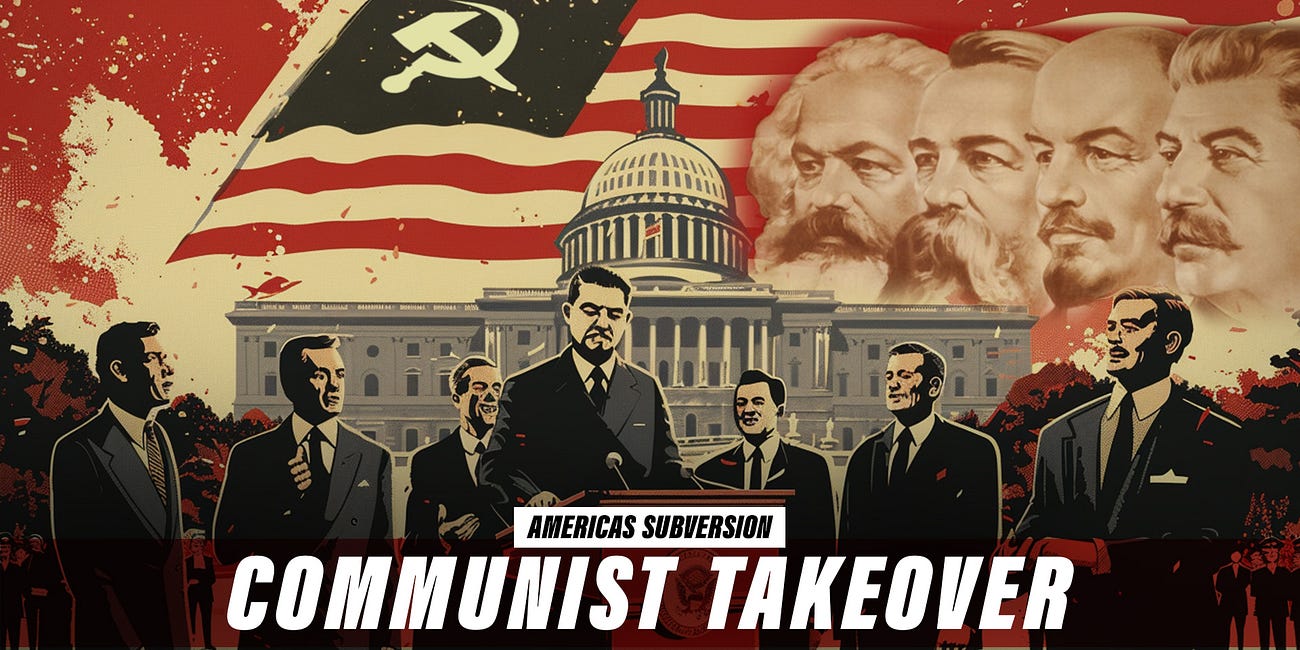



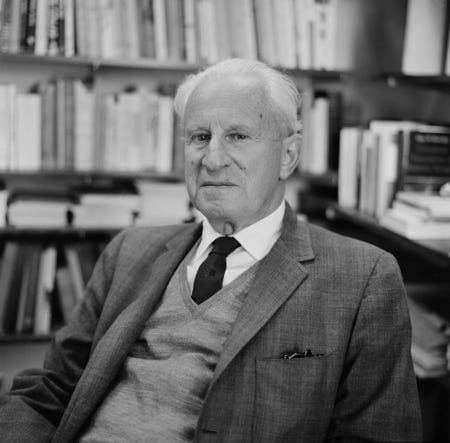
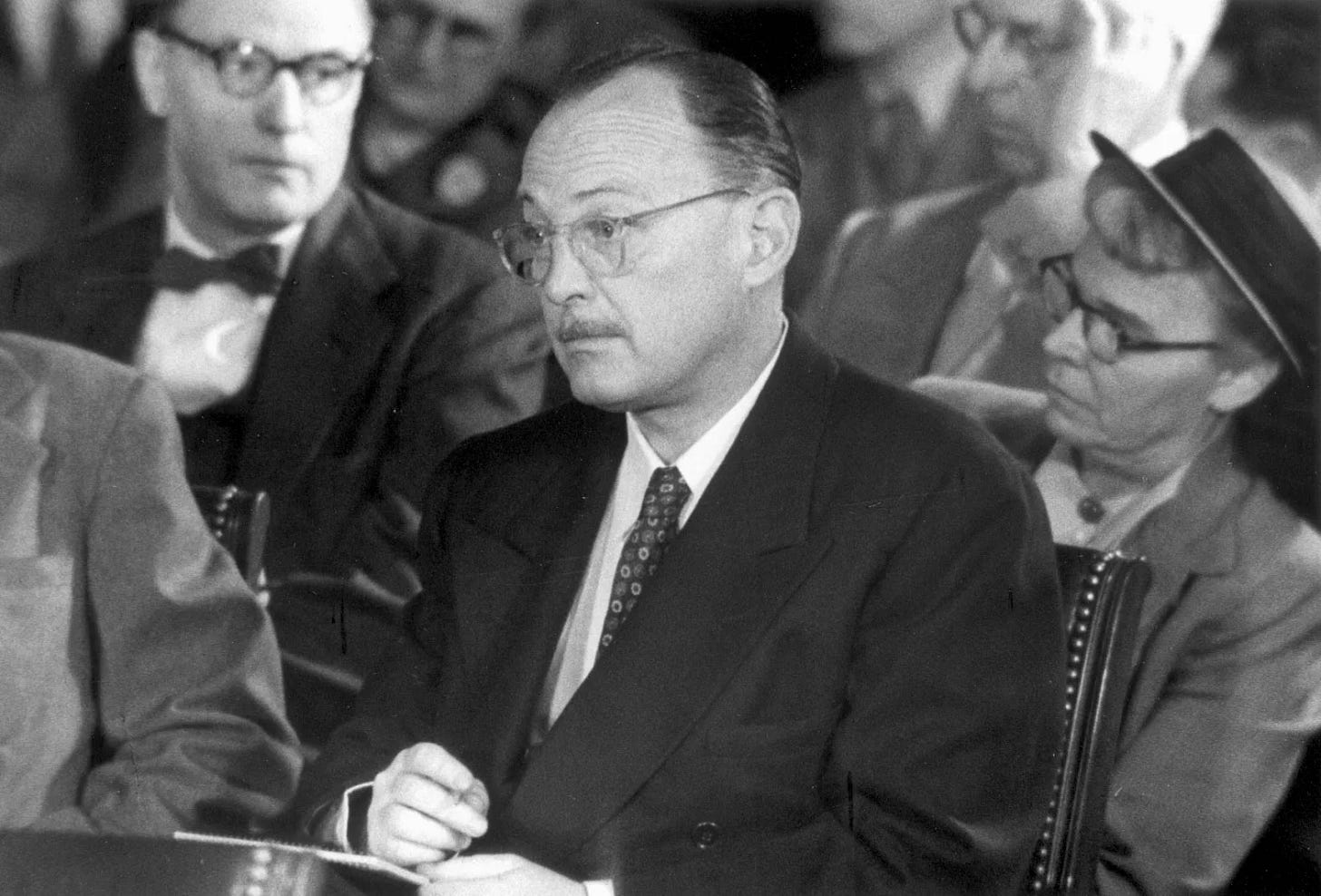
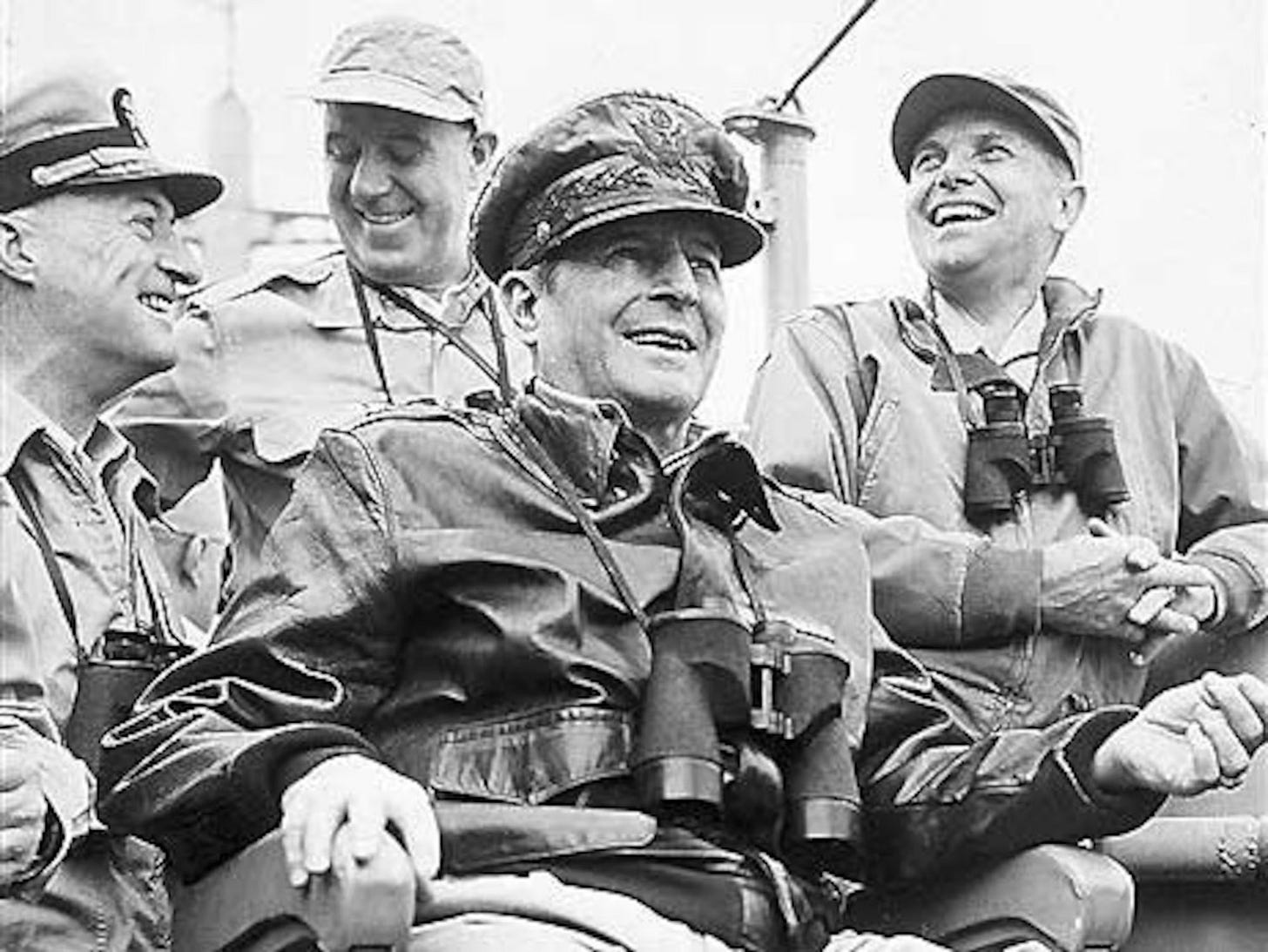
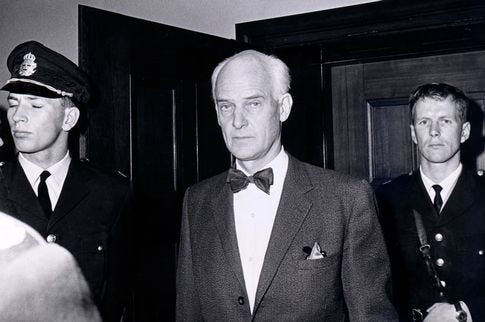
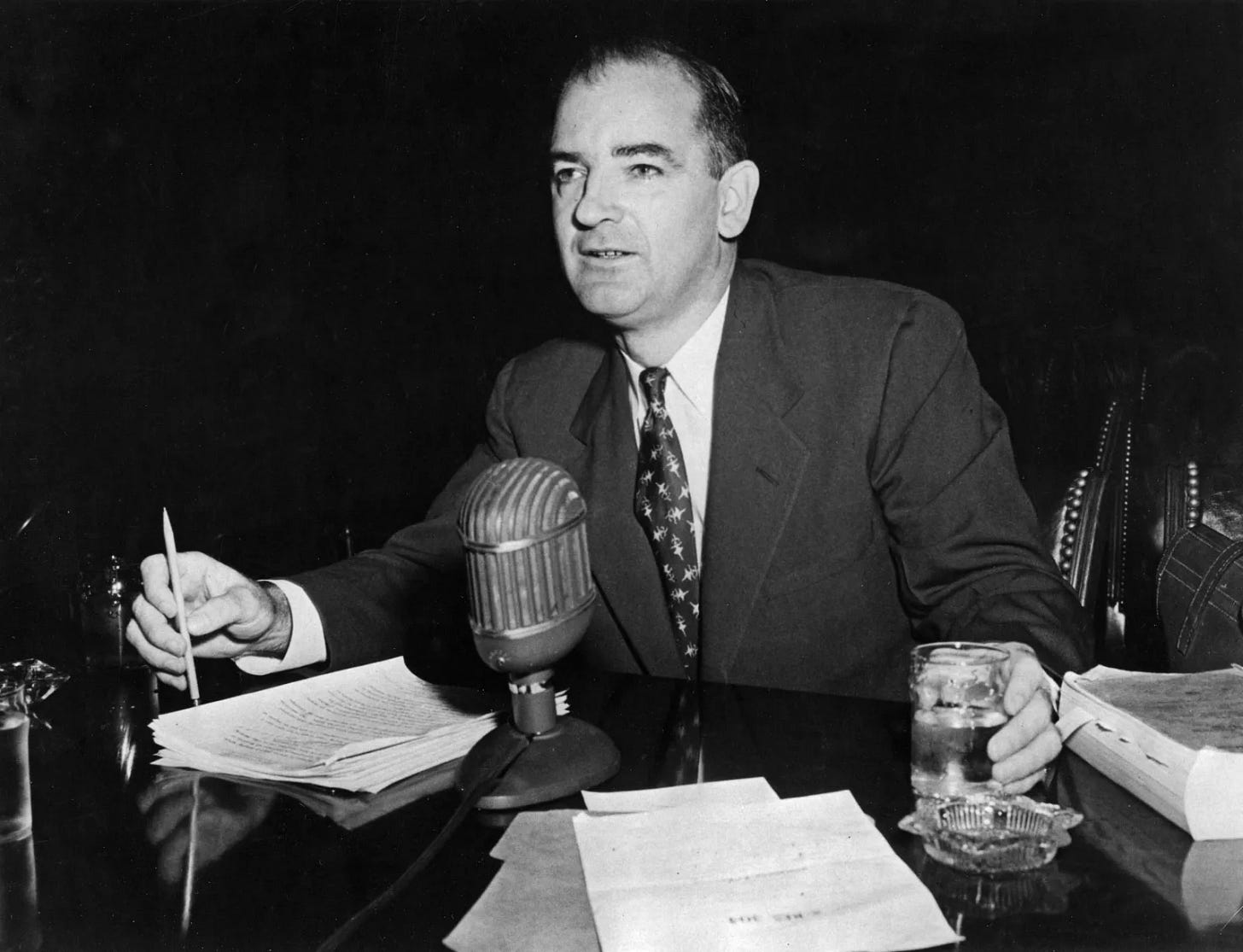

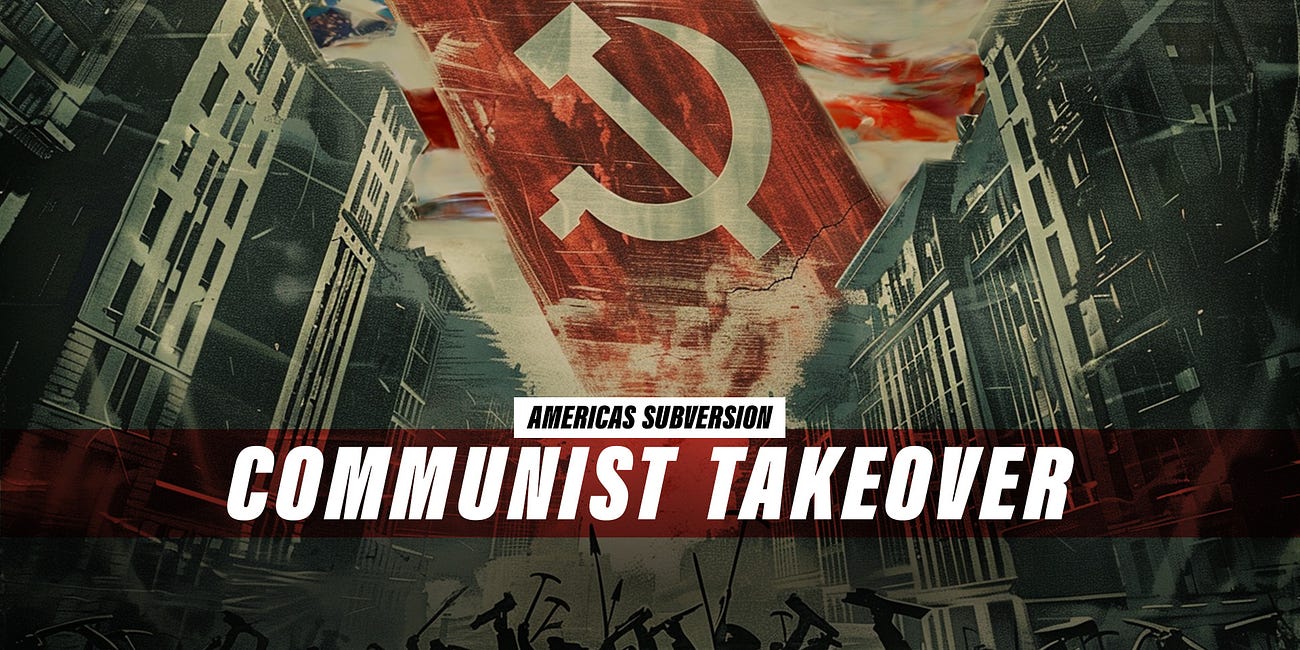





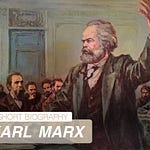
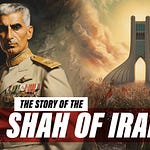


Share this post